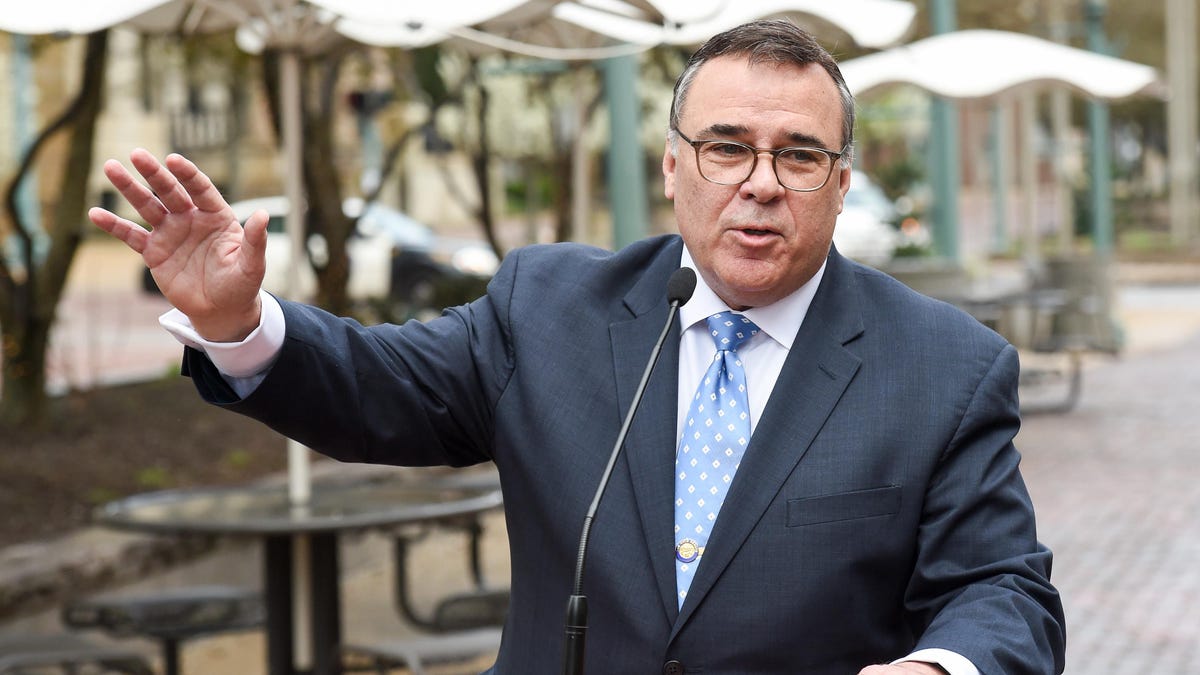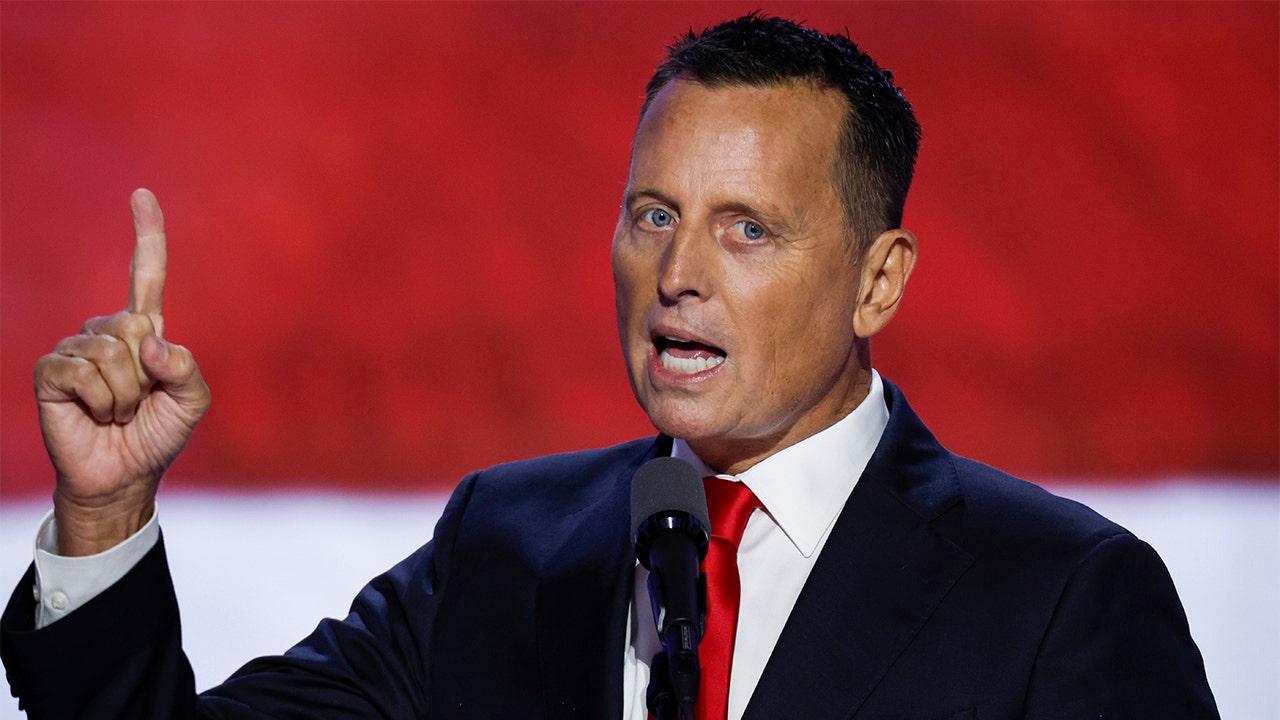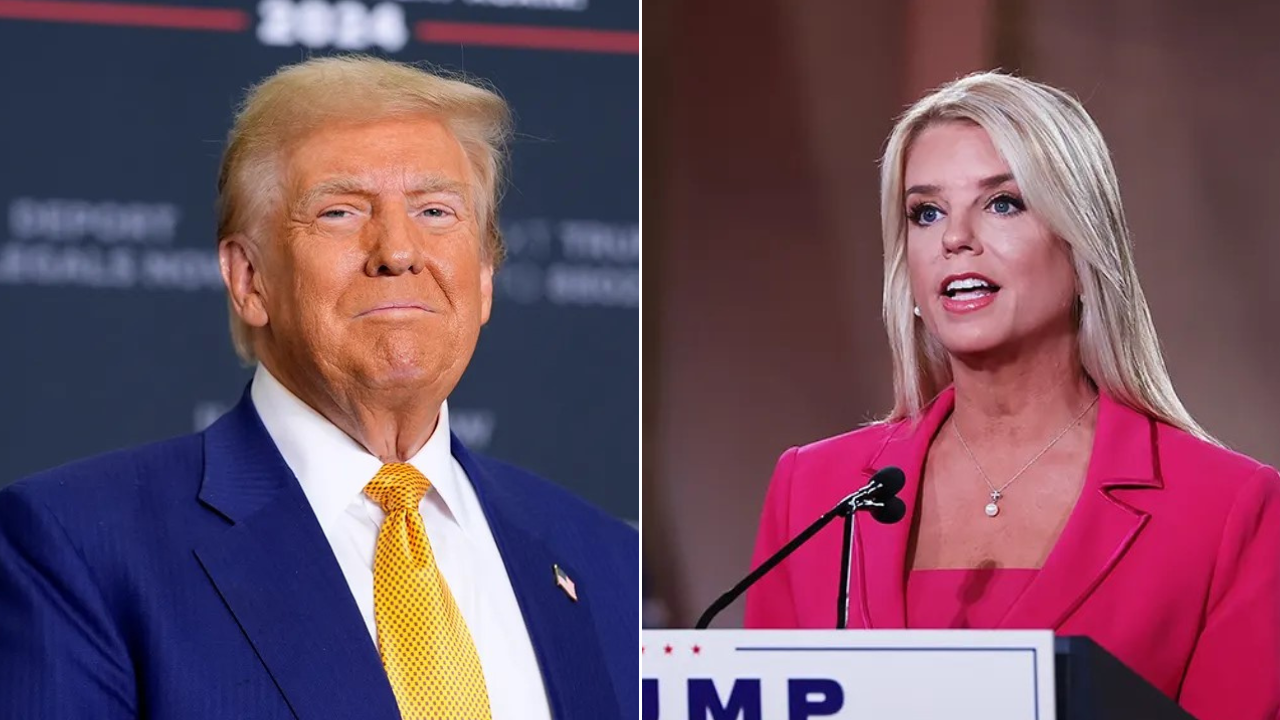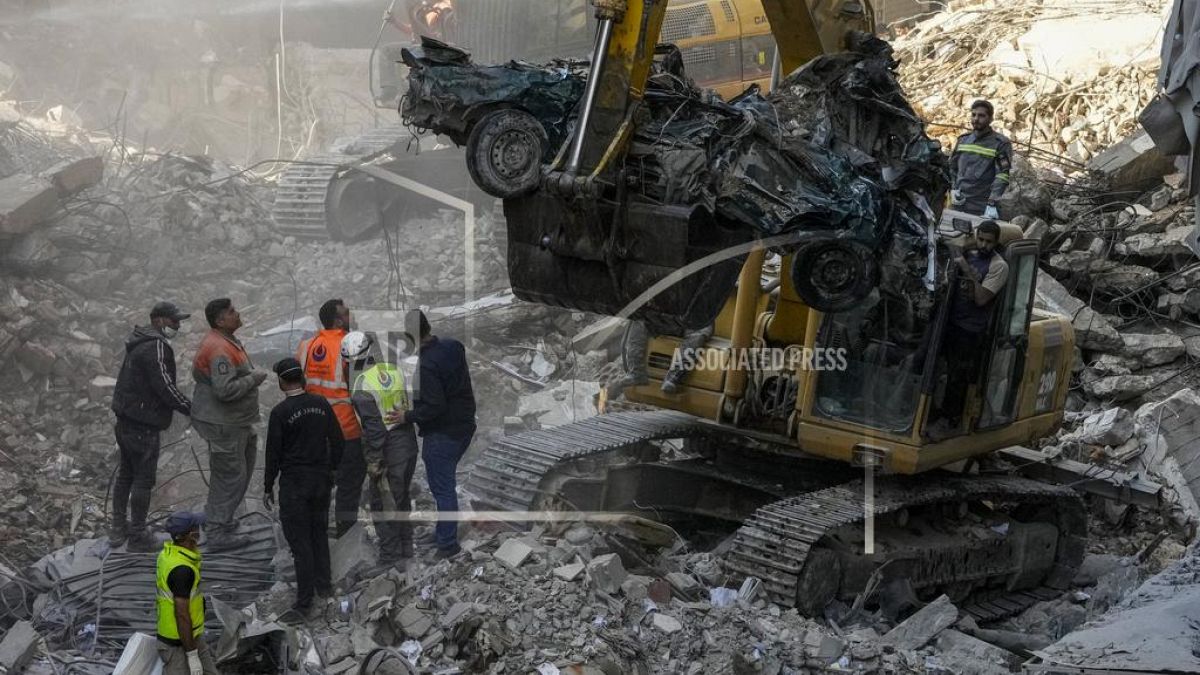Montana’s review of Medicaid beneficiaries culled nearly half of people it processed in the first month, although most appear to have been cut for administrative reasons, rather than actual determination of ineligibility.
Since the federal pandemic emergency declaration ended in April, states have been unwinding the Medicaid rolls to determine who is and is no longer eligible. During the pandemic, the federal government through its public health emergency said states had to allow for 12 months of continuous eligibility for adults on Medicaid, even if their income fluctuated, so that people would have reliable access to health care during the pandemic. During that time, the number of Medicaid beneficiaries swelled while those whose income grew kept their coverage.
The Montana Department of Public Health and Human Services this week released results of the the first month’s redetermination process. Of the 31,596 people reviewed for Medicaid eligibility in April, 49%, or 15,471, were dropped from coverage. Of that figure, 72% of people failed to return information sought by the state health department, compared to 20% of people who were dropped after DPHHS confirmed they were ineligible for Medicaid.
People are also reading…
Twenty-eight percent of people saw their Medicaid coverage renewed in April, while another 22%, or 7,000, are still being processed.
More than 324,000 Montanans are enrolled in Medicaid, according to the department. Children make up approximately one-third of those beneficiaries at a tally of 132,412. Recent reports have shown Medicaid is working to increase access to care, reduce the reliance on emergency room visits and help people move to more preventative services.
Of the 31,596 people reviewed for Medicaid eligibility in April, 49%, or 15,471, were dropped from coverage.
Kaitlyn Bosshardt is a social work supervisor at Partnership Health Center, a Missoula organization that helps people enroll in Medicaid and other plans on the marketplace, and is helping people through the redetermination process.
“When we found out about the unwinding, it was all hands on deck,” Bosshardt said. “I’m getting a lot of calls from patients I’m working with who say, ‘Hey, I missed the deadline, and I need to reapply for Medicaid.”
Missed deadlines can often be the result of one or more systemic barriers in completing the process and avoiding a gap in coverage, Bosshardt said. One hurdle can be what she calls “paperwork panic,” what looks like a stream of important documentation that can be overwhelming, like the 19-page redetermination packet. Other barriers Partnership Health Center’s patients have found include address changes for unsheltered people, gaps in mail service for rural and tribal communities, or access to transportation and technology that’s often required to gather the materials for a patient’s redetermination.
Oftentimes patients Bosshardt works with have found out their coverage has lapsed when they check in for an appointment or arrive to pick up their prescriptions.
“I had a patient call me last week saying they had to cancel 10 physical therapy appointments, because they would have had to pay for that,” Bosshard said.

Ashley Ostheimer Hilliard, a patient services manager at Partnership Health Center, and Kaitlyn Bosshardt, a social work supervisor at Partnership, are helping patients navigate the Medicaid review process and re-enroll those who were dropped from coverage but still qualify.
Ashley Ostheimer Hilliard, a patient service manager at Partnership, is one of those people covered for Medicaid working through the redetermination process. Her own experience has shown the tight and sometimes intimidating timelines patients have to grapple with: She got her notification in May, got an online notification on June 7 of incoming paperwork, received her income verification paperwork on June 15 (a Thursday) that was due back to DPHHS by June 19 (a Monday). That’s not much time for people who aren’t fluent in health insurance documentation to glean what is needed and to turn around with pay stubs, she said.
“Had I not seen that notification online, I would have had to spend my weekend completing all of that paperwork, which, you know, my employers aren’t open on the weekend to get all of that information,” Ostheimer Hilliard said. “We don’t plan our lives around health insurance deadlines — we just don’t.”
According to the Kaiser Family Foundation’s Medicaid Enrollment and Unwinding Tracker online, 1.3 million people have been disenrolled from Medicaid as of June 20 based on data from 22 states.
The state health department said in May that 45% of people had not yet returned their paperwork for the April review. Montana DPHHS had also indicated in January, before the process began, that it intended to focus first on reviewing the status of people the department believed no longer qualified for Medicaid.
Because of this arrangement, DPHHS expects the number of people determined ineligible for Medicaid to taper off in the coming months, a spokesperson said Tuesday.
“DPHHS expects these initial months to have a higher closure rate as a result of this approach,” spokesperson Jon Ebelt said in an email. Redeterminations for people whose incomes have grown began in the first month, while the process for blind and disabled populations will start in July, he said.
Asked about the 72% of people who were dropped because they had not provided the state with information, Ebelt said DPHHS sent those people follow-up reminders and texts if possible to return the redetermination packet.

The Montana Department of Public Health and Human Services building in Helena.
“Because DPHHS prioritized individuals most likely to no longer be eligible for Medicaid (based on available information), it isn’t surprising that a number of redetermination packets were not returned,” Ebelt said. “When people are aware that they no longer meet eligibility criteria, they would not necessarily make the effort to complete and return the paperwork.”
He added less than 3% of closed cases were due to inability to locate beneficiaries, and attributed that figure to the department’s campaign to update contact information.
While that 72% rate may have been anticipated by the department, U.S. Health and Human Services Secretary Xavier Becerra sent a letter to governors on June 12 urging them to take measures to avoid dropping peoples’ coverage for administrative reasons. Of the available state data in Kaiser’s tracker, 71% of all people disenrolled had their coverage terminated for procedural reasons.
“Given the high number of people losing coverage due to administrative processes, I urge you to review your state’s currently elected flexibilities and consider going further to take up existing and new policy options that we have offered to protect eligible individuals and families from procedural termination,” the nation’s top health official wrote.
The letter included several new options to avoid the administrative drop off, including spreading the redetermination process over 12 months.
“Taking the time to do the process correctly will ensure those eligible for continued coverage do not experience a gap in care and those no longer eligible easily transition to other sources of coverage,” Becerra’s letter states.
Montana, since it first announced the process would soon be underway, has intended to complete the work in 10 months. Ebelt said Wednesday processing redeterminations expediently and accurately is in the best interest of Medicaid members and Montana citizens, a statement somewhat at odds with Becerra that taking time would help reduce gaps in coverage. Ebelt did not respond to a follow-up email asking about the differences in opinion, or how an expedient process best serves Montanans who aren’t on Medicaid.
Another option Becerra offered was renewing people based on their eligibility for other programs, like the Supplemental Nutrition Assistance Program (SNAP) or Temporary Assistance for Needy Families (TNAF).
Ebelt said DPHHS has aligned determination dates with SNAP and TANF as much as possible.
Additionally, the state has partnered with Cover Montana, a project of the Montana Primary Care Association that provides free, confidential enrollment help with Medicaid, Healthy Montana Kids and HealthCare.gov.
House Minority Leader Kim Abbott, a Helena Democrat, sounded off with frustration Tuesday about the large drop-off. Legislators in recent sessions have crossed the aisle to expand Medicaid in Montana, while state auditors have brought stakeholders together to look at regulatory measures to reduce the uninsured rate.

Minority Leader Rep. Kim Abbott, D-Helena, speaks in the Montana House of Representatives during the 2023 Legislature at the state Capitol.
“We have one month of data on this and it’s looking very bad for the Montana health care system and individual Montanans,” Abbott said. “The thing that sticks out to me the most is that for over 10 years you have this bipartisan group of people that worked so hard to cut the uninsured rates, to reduce administrative costs and to increase access to health care and make sure dollars are being spent on health care instead of pushing papers around a bureaucracy.”
Those who have lost coverage can reapply for Medicaid at any time at apply.mt.gov or by calling the Public Assistance Helpline at 1-888-706-1535. Those who believe their coverage was canceled in error can appeal the decision to Montana DPHHS.

Seaborn Larson has worked for the Montana State News Bureau since 2020. His past work includes local crime and courts reporting at the Missoulian and Great Falls Tribune, and daily news reporting at the Daily Inter Lake in Kalispell.










/cdn.vox-cdn.com/uploads/chorus_asset/file/25751312/2024_CH_Pacifica_Gas_Gallery_Img3_Desktop1.jpg.image.1440.png)















/cdn.vox-cdn.com/uploads/chorus_asset/file/25739950/247386_Elon_Musk_Open_AI_CVirginia.jpg)



